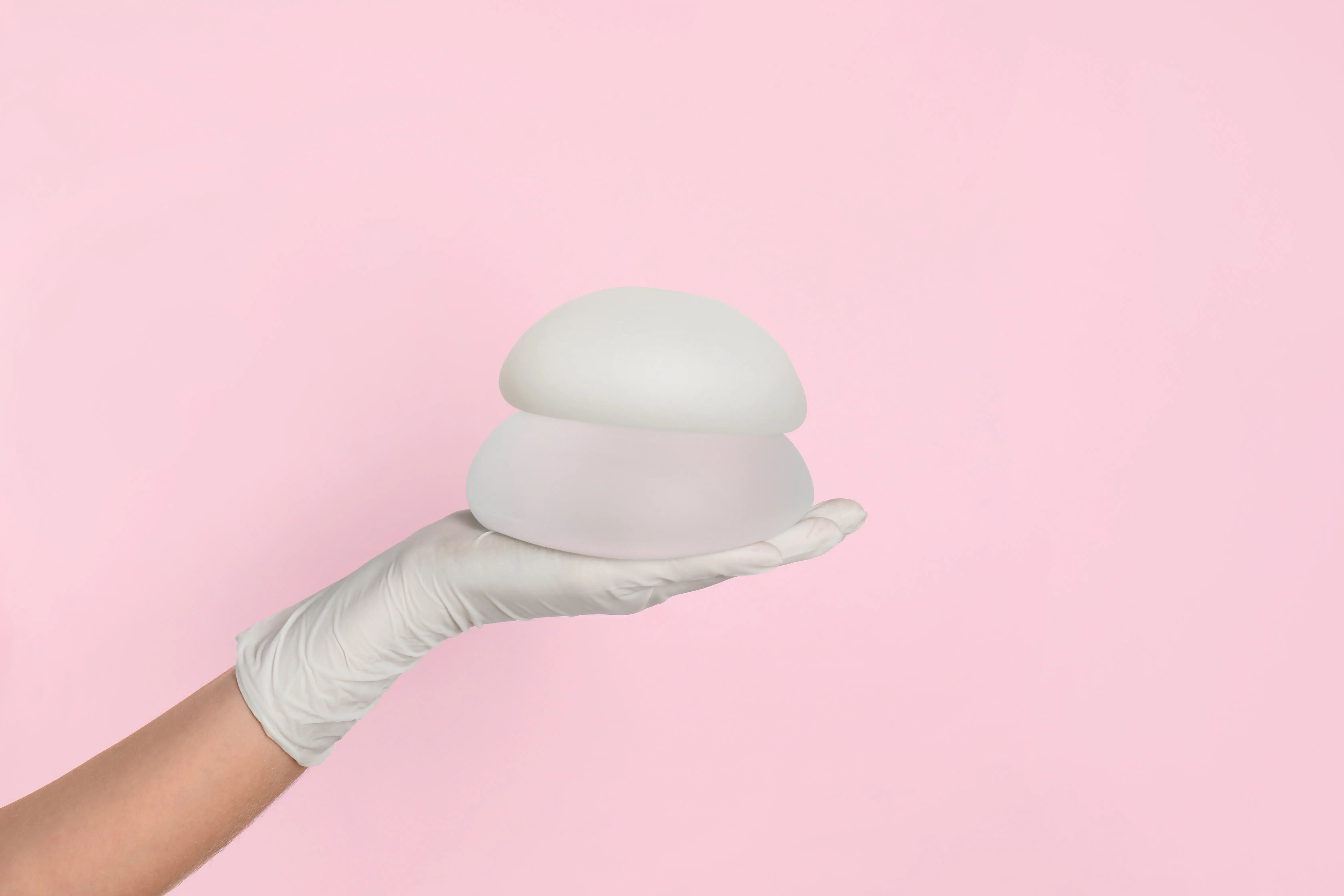Breast augmentation top surgery (aka feminizing breast surgery, breast mammoplasty, or chest construction) is a procedure many transgender women may undergo. They will ask to have this procedure done to increase their breast size and improve the look and shape of the chest area. This type of surgery usually involves placing breast implants under the breast tissue. For some, fat will be taken from other parts of a person’s body via liposuction and injected into the breasts. In some cases, both techniques could be required.
Top surgery for transgender women is beneficial for reducing gender dysphoria. In addition, it can help many trans women feel more physically connected to their self-affirmed gender.
Why Is This Procedure Done?
Transgender women who want to undergo top surgery may be experiencing gender dysphoria and believe that this surgery will help. Some transgender women use estrogen to increase breast size, but top surgery is a good option if the results are not as desired. However, every transgender woman is different – some may be satisfied with wearing padded bras or external prostheses, while some will be happier with breast augmentation surgery. The choice is ultimately up to the individual and what makes them feel more affirmed in their gender.
However, there are some circumstances where your doctor may not recommend top surgery. Here are some examples:
- You have an unmanaged mental health condition(s).
- You have serious health conditions like heart or kidney disease, a bleeding disorder, or a history of blood clots in a deep vein or lung.
- Any mental or physical health condition that would get in the way of your ability to give informed consent.
What’s the Difference Between Cisgender and Transgender Breast Augmentation?
The procedure for cisgender and transgender breast augmentation is essentially the same: an implant will be placed into a breast that has a nipple, skin, breast tissue, and muscle. The surgical instruments used will also be the same. However, the distinct differences will include tissue dimensions and tissue characteristics. Also, both sets of patients will have various goals. There is also a myth that transgender patients ask for unnatural-looking breasts when their requests vary as much as those of cisgender women. These requests can include more subtle and natural-looking changes or ones that look “fake” where it is more obviously apparent that surgery has been performed. However, many patients more commonly ask for natural-looking breasts that are balanced and in proportion to a person’s body type.
What Is the Recovery Like for Breast Augmentation?
When you first come out of the anesthesia from surgery, you will have bandages and be wearing a surgical bra. You will need to wear these every day at all hours for approximately two weeks. After that, you only have to wear it during the day for another four weeks.
When you are discharged, bed rest is required for the first few days following surgery. Be sure to have someone stay with you during this period in case you need any help. In addition, you won’t be able to drive for the first week following surgery.
The day after your surgery, you will have an appointment with your surgeon to change any dressings.
Be sure to avoid stretching your arms over your head and do any heavy lifting for the first couple of weeks after surgery. Then after two weeks, you can perform light exercises like walking, for instance.
If you have a desk job or a less physical job, you can go back to work for around 5 to 7 days. However, more strenuous work, exercise, and activities need to wait until six to eight weeks.
At the 10 to the 12-week point, you can expect your breast shape and size to have settled.
What Are the Risks Associated With This Type of Surgery?
Like any type of surgery, top surgery for transgender women can have various risks. These include bleeding, infection, and an adverse reaction to anesthesia. Other issues may also include:
- Capsular contracture (scar tissue that changes the shape of the implant)
- Seroma (the fluid that accumulates beneath the skin)
- Hematoma (a solid swelling of clotted blood in your tissues)
- Pain in the breasts
- Breast asymmetry or creases
- Displacement, leaks, or infection in the implants
- Unsatisfied with your appearance following surgery
For some of these complications, more surgery may be required. Also, within a decade of having the surgery, you may need to have your implants replaced.















